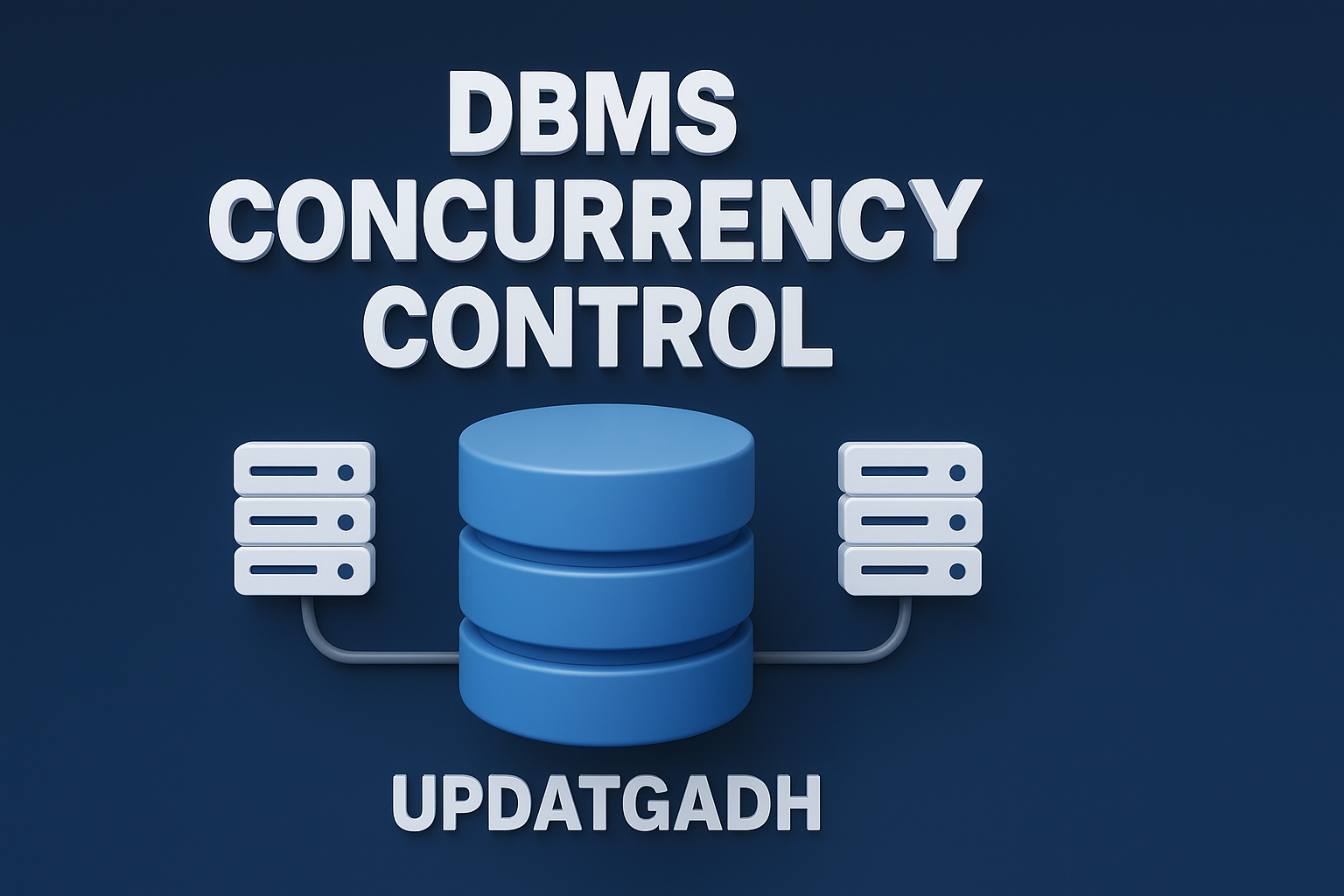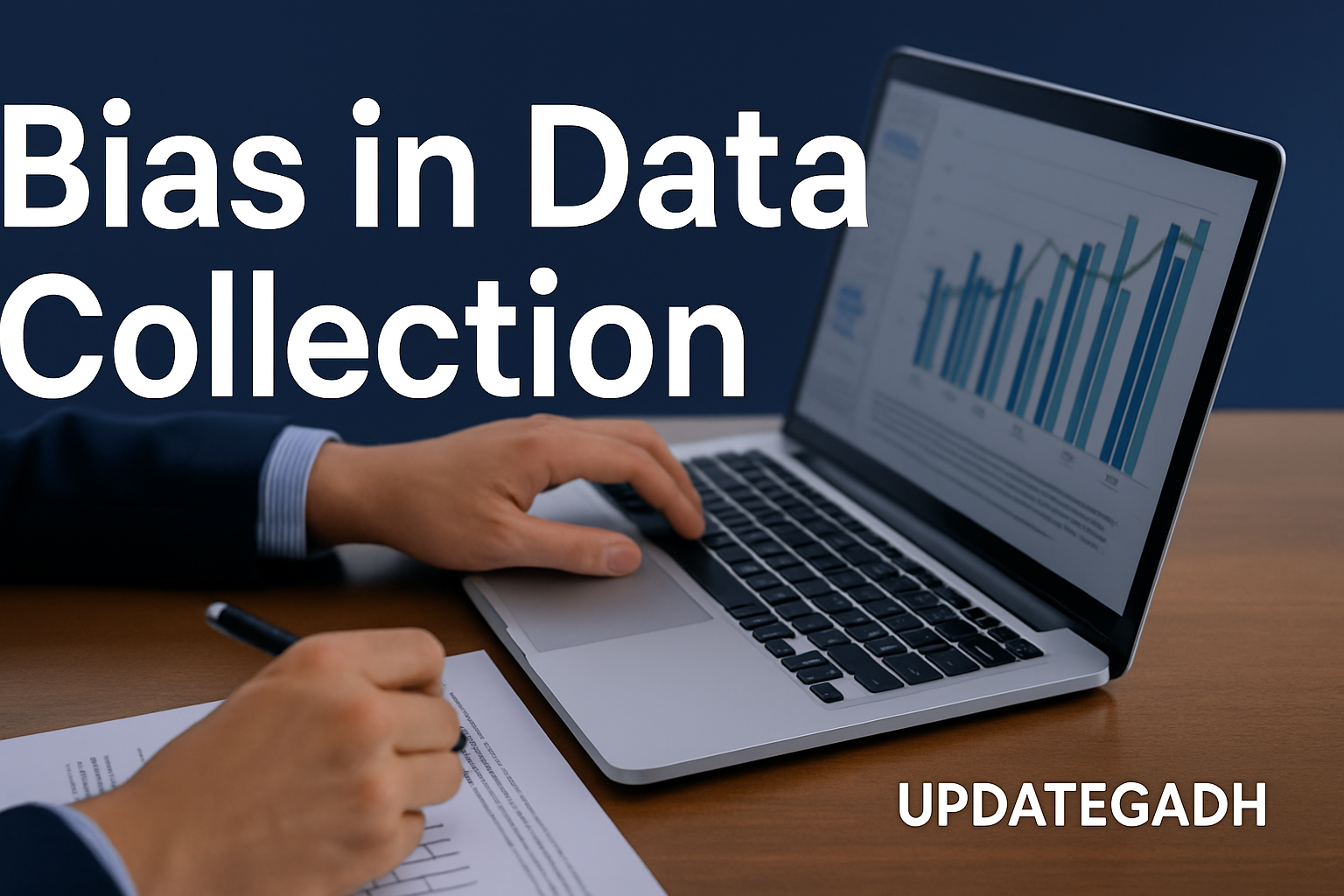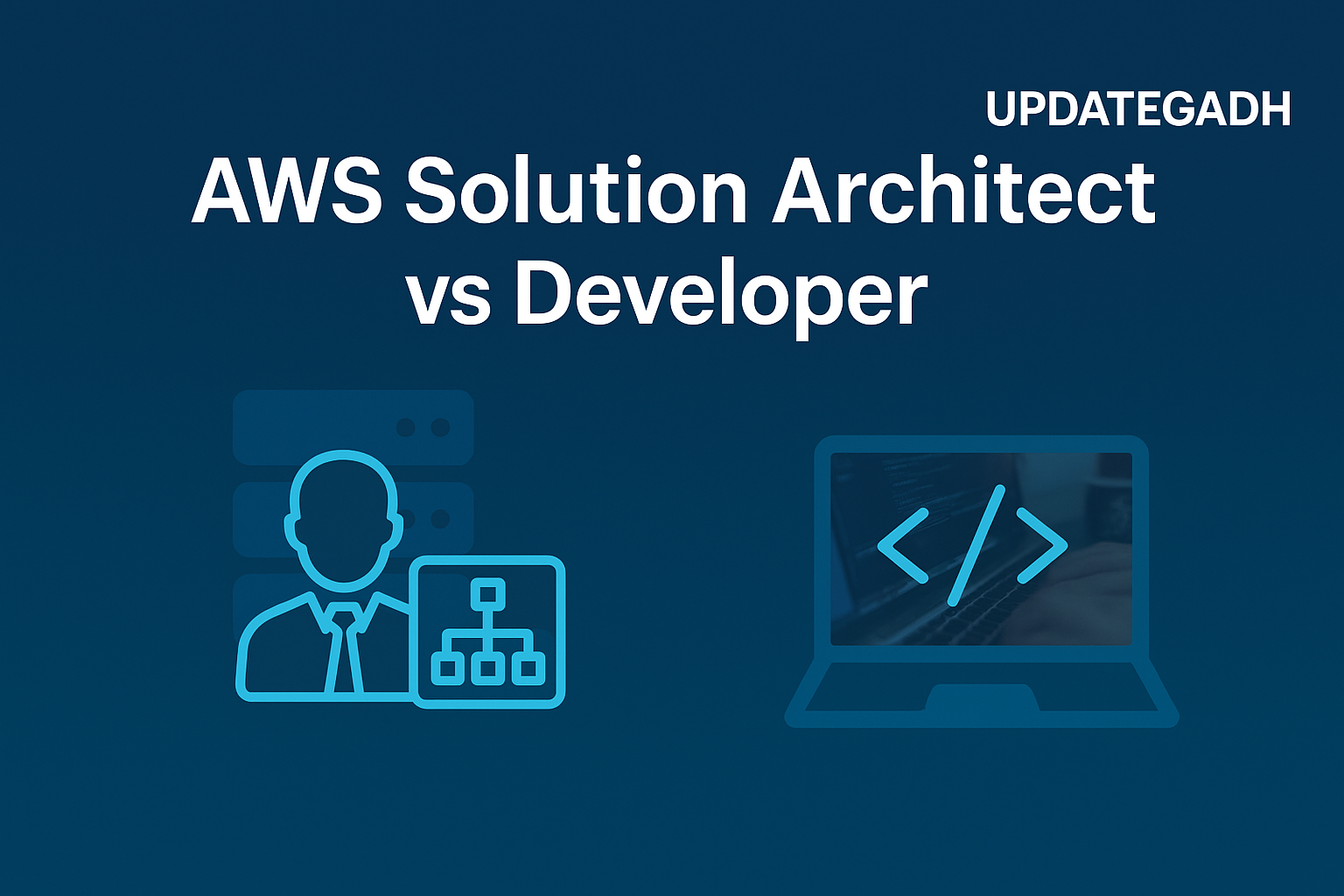
Data Science and Predictive Analytics: Shaping the Future of Business
Data Science and Predictive Analytics
In today’s rapidly evolving digital world, data is more than just numbers—it’s a powerful asset that businesses leverage to gain insights, enhance decision-making, and anticipate future trends. Two key players in this transformation are data science and predictive analytics. Although closely related, they serve distinct purposes in the world of data-driven decision-making.
This article explores the difference between data science and predictive analytics, their core methodologies, and why both are vital in modern business environments.
Complete Python Course with Advance topics:-Click Here
SQL Tutorial :-Click Here
Machine Learning Tutorial:-Click Here
🔍 What is Data Science?
Data science is an interdisciplinary field that combines programming, mathematics, statistics, and domain expertise to extract actionable insights from structured and unstructured data. It involves everything from data collection and cleaning to analysis, visualization, and the application of machine learning models.
At its core, data science answers complex business questions by turning raw data into strategic insights. Whether it’s customer behavior, sales performance, or operational inefficiencies, data science helps businesses make informed decisions backed by data.
🔮 Understanding Predictive Analytics
Predictive analytics is a specialized subfield of data science focused on using historical data to predict future outcomes. It involves building and training models to identify trends and estimate the likelihood of future scenarios.
The primary goal of predictive analytics is to forecast possibilities—whether that’s customer churn, credit risk, equipment failure, or marketing campaign success.
🧠 Key Techniques in Predictive Modeling
Here are some commonly used predictive analytics methods:
- Decision Trees
These are classification models that split data into branches based on input variables, helping visualize decision-making pathways. Their simplicity and interpretability make them popular in business applications. - Regression Analysis
A statistical approach used to identify relationships among variables. It’s widely applied in finance, economics, and marketing to predict continuous outcomes like prices, revenue, or sales. - Neural Networks
Inspired by the human brain, these advanced models can identify complex nonlinear relationships. They’re commonly used in pattern recognition, image analysis, and AI applications due to their high accuracy and adaptability.
🛡️ Why Predictive Analytics Matters in Risk Management
The demand for predictive analytics and risk management has surged across industries—especially in finance, healthcare, and insurance. Businesses need professionals equipped to analyze growing data volumes and create predictive models that drive operational efficiency and reduce risk.
Predictive analytics plays a critical role in:
- Fraud detection and prevention
- Operational optimization
- Cost reduction strategies
- Gaining a competitive edge
- Customer satisfaction and retention
- Strategic planning and forecasting
With the explosion of big data and advancements in cloud computing, traditional data analysis tools often fall short. Predictive analytics, powered by machine learning, is stepping in to fill that gap and guide smarter, faster decisions.
🚀 The Future of Predictive Analytics and Data Science
Several factors are driving the expansion of this field:
- Exponential data growth through connected devices, IoT, and digital platforms
- Wider adoption of cloud services, making data more accessible
- Rapid development in AI and machine learning, making analytics tools more sophisticated and affordable
- Increased demand for skilled professionals, including roles like Chief Data Officer (CDO), data scientists, and data engineers
As more organizations recognize the value of predictive insights, the need for robust data management and analytical capabilities continues to grow.
🔁 Data Science vs Predictive Analytics: Key Differences
| Criteria | Predictive Analytics | Data Science |
|---|---|---|
| Definition | Forecasts future events using current data | Extracts knowledge from data using interdisciplinary techniques |
| Purpose | Predict unknown outcomes | Understand data to extract actionable insights |
| Focus | Statistical modeling, forecasting | Data preparation, transformation, machine learning |
| Applications | Risk management, fraud detection, operations | Search engines, recommendation systems, logistics |
| Tools & Techniques | Regression, decision trees, AI | ETL, data visualization, modeling, cloud computing |
| Industries | Finance, retail, healthcare, manufacturing | Tech, e-commerce, transportation, digital services |
| End Goal | Build predictive models for future outcomes | Extract insights to support decision-making |
🧩 Real-World Application Example
Imagine a financial institution with thousands of clients. Predictive analytics can forecast which customers are likely to take out a loan or close an account, based on past behavior. This allows the business to proactively engage with these clients. Meanwhile, data science helps maintain, structure, and analyze this vast amount of customer data to uncover hidden patterns and trends.
Download New Real Time Projects :-Click here
Complete Advance AI topics:- CLICK HERE
✅ Final Thoughts
While data science and predictive analytics overlap in their use of data, they serve different strategic purposes. Predictive analytics is all about forecasting the future from historical data, while data science focuses on understanding the present to generate meaningful insights.
Together, they form the foundation of intelligent, data-driven business strategies. In a world where data is the new oil, mastering these disciplines is not just an advantage—it’s a necessity.
📌 Brought to you by Updategadh – your trusted source for simplified tech insights.
data science and predictive analytics pdf
prescriptive analytics
predictive analytics tools
predictive analytics techniques
predictive analytics models
ai predictive analytics examples
types of predictive analytics
steps involved in predictive analytics










Post Comment